
This content is protected against AI scraping.
A character in one of my works-in-progress right now is an English knight from the early 1400s. Because of that, I’ve been doing a lot of research about England in the late Middle Ages, just so I can understand what he does and doesn’t understand about the modern world. I know lots of writers of sword-and-sorcery fantasy study of medieval England, too! I’ve learned that some things I believed about the Middle Ages, because I’d heard them said a bunch of times, weren’t true at all.
Girls had to get married when they were 12 or 13.
When we’re learning about history, we always read the most about the ruling classes, and this skews our perspective. Royal and wealthy families often arranged early marriages between their children because they were political and economic alliances.
Even then, 12 or 13 wasn’t average. This blogger looked at 66 aristocratic marriages in England and France from 1180 to 1423, and the average age of the brides was 17. That’s young, but not shockingly young, to my mind — my own parents got married when they were both 19. In the present-day United States, 18 is the legal age for marriage, and in most states, a person can get married at the age of 16 or even younger with parental consent (I personally think this should be changed). The average age for the grooms in these upper-class medieval marriages was 23.
A lot of women from poorer families didn’t get married until they were in their twenties.
Here’s something I find interesting about medieval wedding: you didn’t need a church, a priest, or even witnesses, though those could be a good idea. You could just say, “Hey, I marry you!” (in middle English, of course), have the other person say, “I marry you too!”, and that was that.
Everybody drank beer because they couldn’t find clean water.
I think this is the most counter-intuitive myth I ever heard about medieval England. Why would they have trouble finding good drinking water while people in other places and eras did just fine? They had fresh streams in England, didn’t they? They did drink a lot of weak ale, but they drank water, too. This myth is debunked here and here.
Swords were big clunky things that weighed about twenty or thirty pounds.
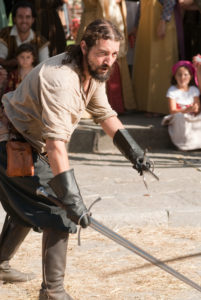
Absolutely not. You can read about this in detail on the website for ARMA (Association for Renaissance Martial Arts — nice acronym, no?) Between the 10th to the 15th centuries, the average sword weighed about 2.87 pounds, or 1.3 kilograms.
I’ve seen this misconception echoed in fantasy fiction, where someone tells a boy he wouldn’t even be able to lift a proper sword. In reality, a thirty-pound sword would be too heavy for most guys to fight with. There are documented historical accounts of European women picking up swords and doing battle in the Middle Ages as well, which would be unlikely if swords had weighed that much.
Incidentally, armor wasn’t as heavy and clunky as many people imagine, either.
They burned a lot of witches.
People often think of the Renaissance in England as beginning in 1485. If you go by that, witch trials were much bigger in the Renaissance. The infamous book I’ve blogged about before, was published in 1486, and it fueled many witch hunts. Most of the executions for witchcraft in England were much later than that, in the 1600s. Many executions were by hanging.
In medieval England, church officials didn’t necessarily like “cunning folk” who supposedly practiced helpful magic, but people rarely did anything about it. Witchcraft wasn’t even outlawed until 1542.
[AdSense-B]
There were zero people of color.
Not according to Arthurian legend or to the artists of the time. Check out this tumblr (you can select the century of your choice on the sidebar on the right.) I think the important thing to remember is that some people travelled huge distances even during ancient and medieval times. They built empires, fought Crusades, and went on business trips to other continents. While medieval Europe must have been very white, it wasn’t exclusively so.
Everyone had disgusting table manners.
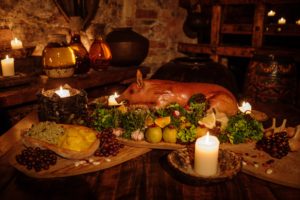
I had to research this one for a particular scene in my story. In medieval England they used knives and spoons, but not forks, other than a two-pronged thing to hold a roast while you carved it. But even if they did eat with their fingers, the nobility, at least, weren’t super gross at the table. Everyone washed their hands first, and they tried not to stuff their mouths, spill things, or make loud smacking noises. They wiped their mouths on napkins, and they didn’t drink broth out of a bowl — they used spoons for that.
If you know about some other misconceptions about England in the Middle Ages, let us know in the comments. Thanks for reading!

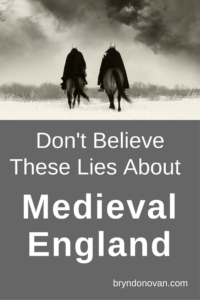


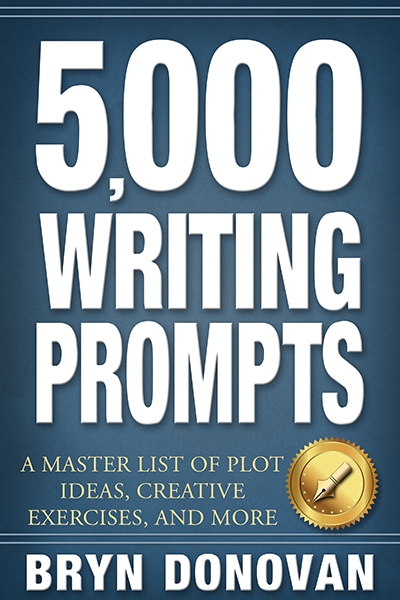
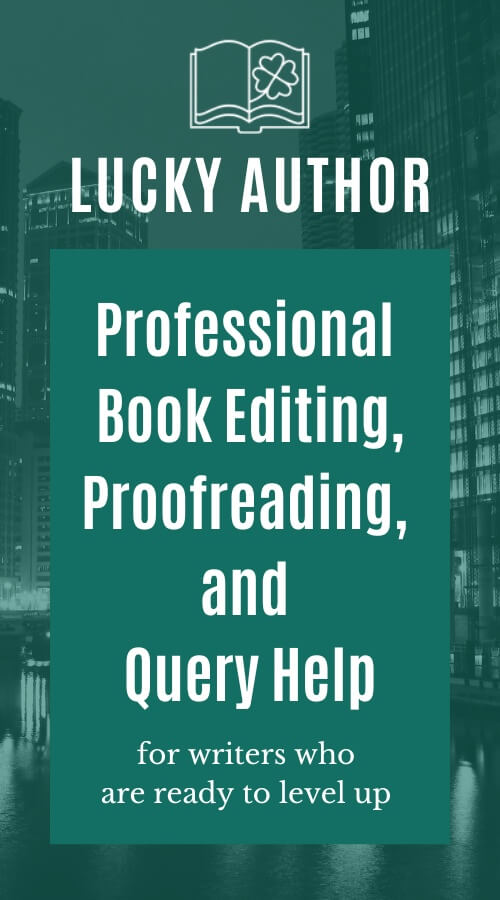
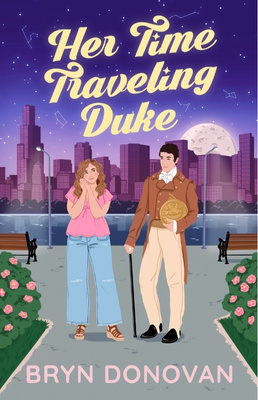
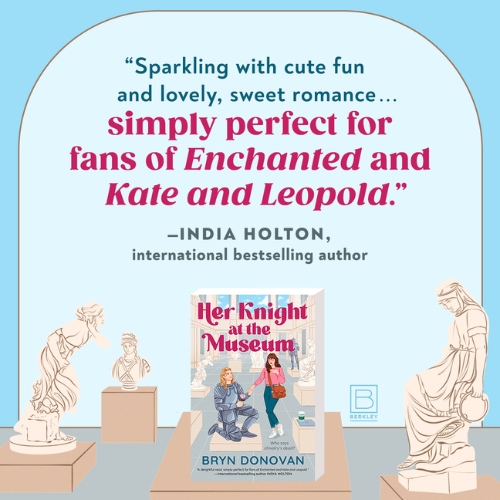
I didn’t know about the ale myth, but I did think they mostly drank wine, instead of water. I also thought the swords were pretty heavy as well as the armor…During my research about witches for a series I’m writing, I was shocked by the amount of information on the subject. One never knows what one’s getting into when we begin researching…lol…Thx for your clarifications on Medieval History.
Ooh, a story about witches. That sounds awesome, Tabitha! I know what you’re saying… I can get pretty absorbed in research! Thanks for reading!
Lol…Me, too. I get so into the research, I forget to go back to my writing.
Good post. Thank you. I’ve known most of those for years, but the ale/beer one was new for me. They did drink a lot of ale and/or beer though, even for breakfast – as one of the supporting articles points out – for calories. The social attitudes towards the making and distribution of alcohol are also intersting. One question I’ve long had though: given what we now know about fetal alcohol syndrome, why didn’t they have a large FAS problem? Or did they?
Other myths regarding table manners and food: they didn’t use spice to cover the taste of bad meat. They weren’t stupid and doing that can have lethal consequences – which they knew. Moreover, they didn’t throw the bones on the floor. The vermin they would attract and the smell.
hi Chris! Oh yes, definitely they drank a lot of ale, but as you say, for the calories and not because they couldn’t find clean water. I can’t say for sure, but I’ve come across a couple of sources that say it was probably pretty weak ale by today’s standards. On the other hand, deaths of infants and children under the age of 2 was sky high, and infanticide was pretty dang common through the first half of the Middle Ages, so it’s possible that some babies did have FAS and just didn’t make it. Ugh. It’s good to be living in modern times!
I didn’t know that about the spice, or the bones, and that makes sense! Thanks!
Nice post, Bryn. I shared a link to it on my blog earlier today, and it’s already got six likes and a reblog: https://dafan7711.tumblr.com/post/151014643961/via-dont-believe-these-lies-about-medieval
See you for WIP next week! -D
Aww, thank you DAfan! Oh my gosh yeah, WIP Wednesday is next week, isn’t it? I better figure out what I’m going to do! 😀
Thank you for a fascinating post! I knew about many of these, but the fact that swords were so light was new to me. Also, contrary to popular opinion, most people knew the earth was round, not flat. As you say, they were not stupid (no more than we are, anyway), and this was figured out early on, probably by watching ships gradually disappear as they sailed over the horizon.
Hi Karen! That is a great point about the earth… for some reason, when I was in grade school, teachers wanted to convince us that no one thought it was round before Christopher Columbus!
Thanks for debunking these myths. I believed in all of them…except for the sword myth, which I found out about a couple weeks ago. A scene in my book is about the troubles that the pupils have with sword-fighting, ao I looked up the weight of medieval swords for that and was surpirsed about the relavitve lightness. So now the pupils habe other things to worry about in the scene, blunted edges, how to hold their swords and such.
When I was in the SCA, one of the fight-instructors pointed out that not only did the weight of the sword not matter much (within certain limits) to amount of damage it does, but the heavier the sword the faster the fighter will tire out. In a long fight, the fighter that tires first usualy loses. BTW, robotics and mechanics support that finding, but that would triple the length of this comment. So the weights are actually about the technology limits when building the sword.
Thanks, Bryn, for the interesting info. I’m not a Medieval writer, but I have read many books in the past which eluded to (if not blantantly painted the picture of) several of these myths. Good to know so I can look out for them next time.
It’s funny how some misconceptions take hold 🙂 Thanks, Cindy!
Useful information all around.
I’ve SEEN people be unable to lift, much less wield, a 3-pound sword, so it’s not at all unrealistic to me for a character in a medieval-ish story to tell a young boy he’s not strong enough yet to be a swordsman. On the other hand, I’ve heard a lot of people express surprise that the “too heavy” sword they’re trying to lift is only 3 pounds and not 12, so I understand why they think medieval swords weighed a lot. (Fun fact: swords in the Middle Ages weighed LESS than modern ones of the same dimensions, because our steel is heavier than their steel.)
Hi Bryn!
1. You need a crane to get a fully armored guy on a horse. “even an untrained man in a properly fitted armor can mount and dismount a horse, sit or lie on the ground, get up again, run, and generally move his limbs freely and without discomfort.” — http://www.metmuseum.org/toah/hd/aams/hd_aams.htm
2. Only nobles or knights wore armor. Wrong. Ibid. Nobles and knights could -afford- armor, but weren’t the only ones with it.
3. You can’t do any movement at all in full armor. Wrong. Ibid, also see the video at: https://www.youtube.com/watch?v=q-bnM5SuQkI,
The beer thing might be more true for places like London. The river was so polluted with dead bodies and effluvia, beer may have tasted better and been more appetizing. Large cities had pollution problems with burning wood, coal (cooking fires, plus for warmth), and also sewage and industrial waste (tanneries were always forced to locate away from the cities. Nasty smelling places). Water used with smelting metals always did a number on the local water supply.
There’s a great article about this here: http://history.eserver.org/medieval-pollution.txt
A solid paper by Yesuel Kim on medieval pollution due to clothing construction is here: https://www.zum.de/whkmla/sp/1516/kys/kys1.html
That paper gives the activities and nature of the pollution.
Fascinating, isn’t it? So much for the greenery and clear streams of fantasy.
Hi Matt! Thanks for all the good references! I had forgotten about the armor thing, but yeah, I’d heard that before about only nobles getting to wear armor. I didn’t know if that was true or not, actually! That’s really good to know.
One of the posts I linked to talks about the water pollution in London and the water system they set up because of it (which sounds so much more sophisticated than I would have expected for the 13th century.) BUT… it occurs to me now that some people might have turned to ale rather than troubling with bringing water from the local cistern, as the article describes. I mean, if you can’t afford your own cistern, lugging gallons of water to your house every day would be a huge pain in the butt (and you might not want to pay someone else to do it all the time, either.)
It’s really good to bring up the thing about pollution, because like you say, we never think about it with medieval cities! I had no idea about the pollution from clothing manufacturing, either, though it makes total sense! See, this is why I get lost in research sometimes when I need to make progress on a story. It’s all so interesting.
Thank you so much for commenting, and for the great links!
One of the other myths is that everybody had rotten teeth – shown in ‘Monty Python and the Holy Grail’ where Terry Jones, an accomplished medieval scholar himself, wanted an authentic period feel. It wasn’t discovered until later that until sugar became widespread, teeth were often worn down, but seldom rotted.
I once attended a ‘medieval banquet’ that a local re-enactment society here in New Zealand hosted. They’d put a lot of work into the research – food was served on bread (as a plate) with knife and spoon; but the interesting thing for me was the sequence of savoury and sweet dishes – they came in a different order from today’s, interspersing sweet with savoury. The ‘sweet’ was also a qualified term: they had fruit and other sugars, but not sugar cane and even the medieval ‘sweet’ food was savoury by modern standards. Probably that meant it was healthier…
Hi Matthew! Oh, that is really interesting about the myth of rotten teeth. That makes me want to stop eating sugar, haha! That medieval re-enactment sounds amazing, and I didn’t know that about the sweet and savory dishes. I always love learning how people ate in different times and places. Thanks so much for commenting!
There is a series of books by the authors Frances and Joseph Gies on social history of the Medieval. I’ve recommended them before, and I will continue to do so, since the books are very readable and yet are well researched and everything they say is referenced. They address many of these myths, and many others, in their books Life in a Medieval Village, Life in a Medieval City and Life in a Medieval Castle. And if you want the medieval history of technology, or the family, or knights, or women, they have books about those too. The takaway impression I get from all the books is that the medieval people were, first and foremost, people with brains that made the best of their world as they knew it. They destroy many of the steriotypes especially the uninteresting uninformed peasant hoard. Actually, reading those might eliminate the fun of doing your own research, but their bibliography of 174 sources in the Medieval Village book, for example, is a starting point if you want to go to primary and other secondary sources.
Oh my gosh, Chris — I checked out Life in a Medieval Castle from the library and promptly lost it! 😀 (I swear, the library should just open up a new wing named after me, with all the fines I pay.) Maybe I’ll go and buy it! It sounds like a terrific series for research. That’s a good insight about medieval people and intelligence. Maybe we just like to think people in the past were dumber because it makes us feel smarter. 🙂 Thanks so much for commenting!
A common misconception historians encounter, especially when doing historic house tours: “people were shorter then.” Not necessarily! It depends on when and where they lived, and what kind of nutrition they had access to. Also, people today commonly confuse the issue of life expectancy. High infant mortality rates skew the “average age at death” downward. Medieval people didn’t drop dead at 35. Many babies died of disease (especially diarrhea type diseases or fevers), but if you lived past 4, you stood a good chance of surviving to adulthood. Women died in childbirth, but not most of the time; men died in accidents or war. The oldest people lived as long as the oldest people do now, as long as they kept their teeth, kept mobile, or had people willing to take care of them.
I don’t know if you are familiar with the Historical Novelist Elizabeth Chadwick, but she has a long list of sources for medieval history on her website. (http://elizabethchadwick.com/) And I’m sure she would be willing to answer specific questions. She runs a Facebook Group based around her work on the life and times of William Marshall (‘The Greatest Knight’) which also features interesting discussions.
Hi Frank! I’m not familiar with her, and that sounds amazing! I never even heard of William Marshall, so this is all fascinating stuff for me. 🙂 Thank you so much for stopping by!
The “Life in a Medieval Castle” book that you said you lost: the authors use William Marshall’s castle (in Chepstow) as their reference point. Quite apart from that, his history from Knight-errant (only one step above peasant) to the most powerful man (apart from the king) in the country is impressive.
Enjoyable article. Thanks for all the good points made.
Aw thanks Luna! Thanks for reading!
Absolutely riveting. 😀 😀 Thanks for sharing. Huh!
In a couple of books’ time I’ll be writing about the 13th century, and including a ‘witch’. In fact, just a woman who prefers to live alone in the forest, so I’m grateful to hear she wouldn’t be persecuted.
Aside from using completely anachronistic (dubious even now) terms like “white,” citing a Tumblr blog seems silly
Research is fascinating. Like one of your earlier commentators, I can get lost in the research and forget I’m actually supposed to be writing a story, not amusing myself.
I admit that I thought it was true about ale drinking, and that it was a weak concoction. so weak children could and did drink it.
I’m involved in medieval living history to the point that it’s basically taken over my life. A big thing that most people think is that the fabrics and clothing made were rough, of thick threads, and were badly made. In reality they created tablet weaving (if you want more info, I’m working on becoming a master tablet weaver) which is jaw dropping in the complexity, and wove with the finest silks and wools. The silks and wools were so fine that I’m struggling to spin them and weave with them. They also used linen, nettle, and hemp in ways that we really should be using today as they are better for the environment, they also breathe better and keep you warmer than cotton which has become the bane of my life as I continue to learn. So, anyone wants to learn more, don’t hesitate to ask.
WOW! This is fascinating! It’s so cool that you commented on this, because it’s an old post but because of a current writing project of mine, I’m more interested than ever in learning more.
This is a little out of the blue, but would you be interested in writing a guest post about medieval clothing in general? I’d especially be interested in late medieval period England. I’m sorry I can’t pay a lot, but I could pay $25 and the article can link to a post on your blog. I’m sure you’re too busy, but if you’re interested, please reach out at bryndonovan@bryndonovan.com.
Either way, thanks so much for the comment. It’s so interesting and I think it’s so awesome that you’re learning this craft.